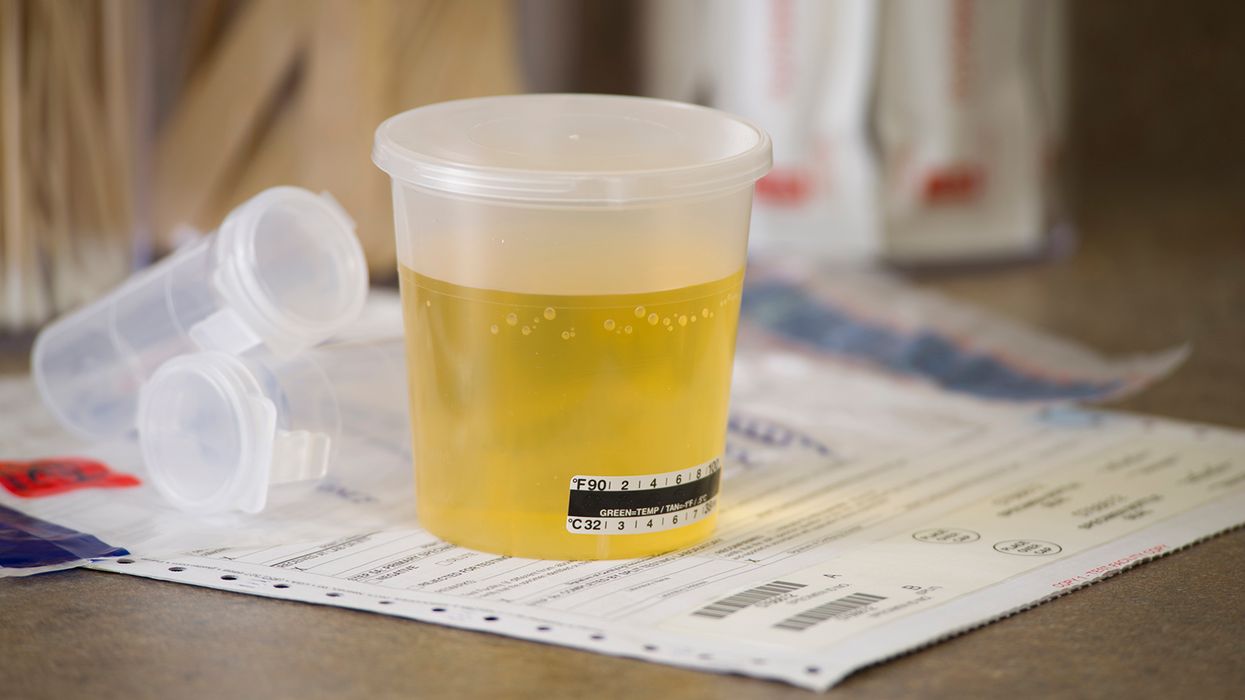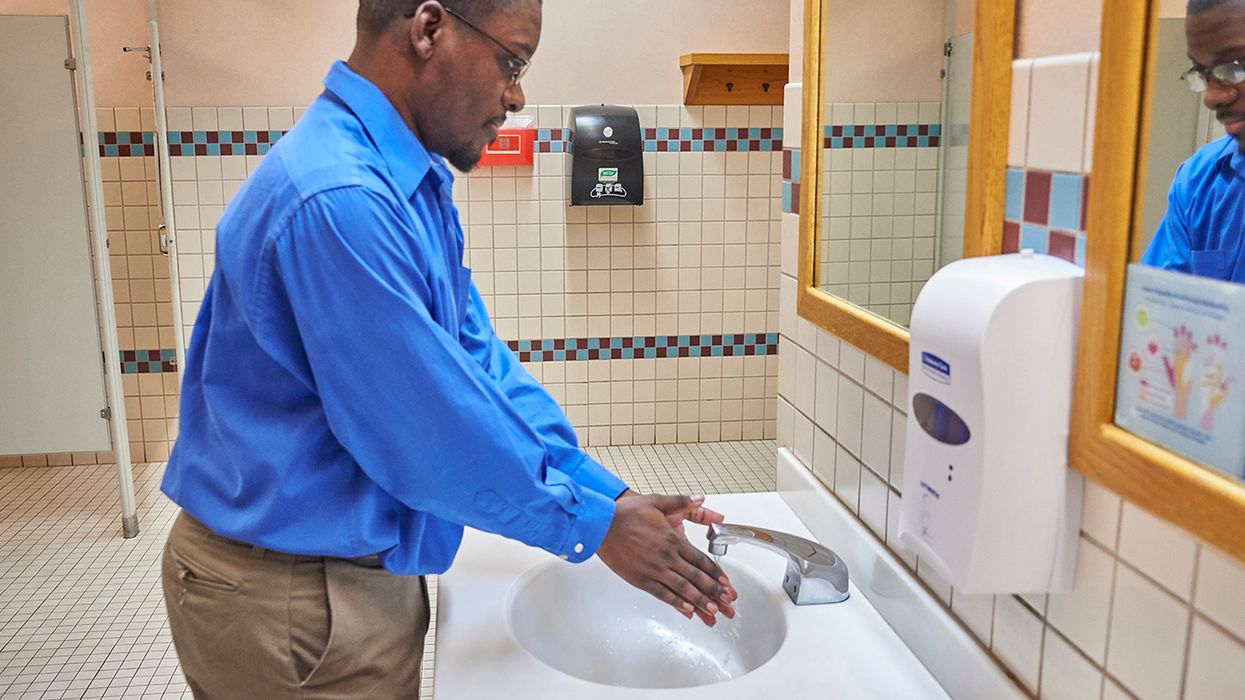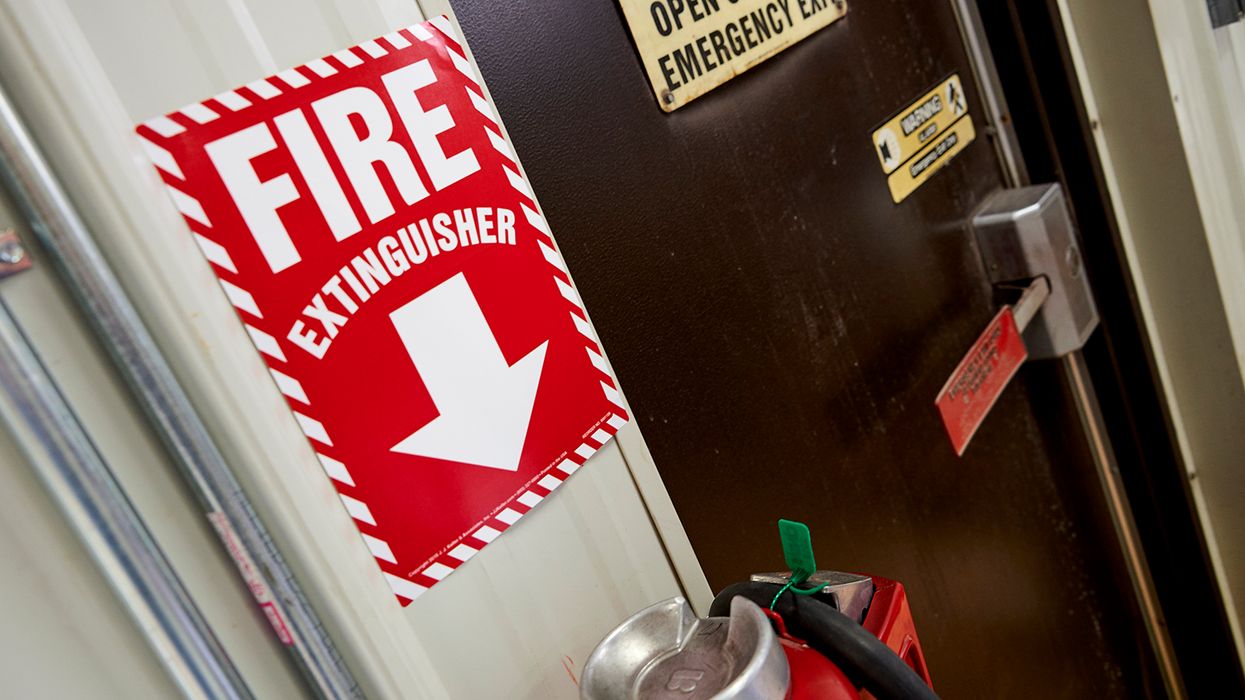Retirement savings plans: Employees must be automatically ‘in’
The year 2025 ushers in a new era of employer-sponsored retirement plans by ushering employees into those plans whether they want to be or not.
In the past, employees had to actively decide to participate in an employer-offered retirement plan by choosing to make salary deferral contributions. This involved filling out a paper enrollment form or an online application.
Many employees, however, did not take the initiative to enroll, resulting in millions of American workers not saving for retirement or not saving enough. This led some employers to try automatic enrollment, and the success of these programs has changed the way employees save for their retirement.
Positive results
Automatically enrolling employees in workplace retirement plans has proven to increase plan participation and achieve better retirement savings outcomes so much, that the federal government made it mandatory as part of the SECURE Act 2.0 which passed as part of the Consolidated Appropriations Act of 2022.
Starting in 2025, the SECURE 2.0 Act mandates automatic enrollment for the following types of retirement plans:
- 401(k) plans: New 401(k) plans established after December 29, 2022, must automatically enroll eligible employees.
- 403(b) plans: Like 401(k) plans, new 403(b) plans must also automatically enroll eligible employees.
Accounts must be invested by default in a qualified default investment alternative under the Employee Retirement Income Security Act of 1974 (ERISA) Section 404(c)(5).
These plans must automatically enroll participants at a default rate of between 3 and 10 percent of their compensation and escalate participants' deferral rate each year at a rate of 1 percent a year up to at least 10 percent, but not more than 15 percent.
The automatic enrollment requirement does not apply to:
- Plans established (i.e., signed) on or before December 29, 2022;
- Employers normally employing no more than 10 employees;
- Employers in existence for fewer than three years; or
- SIMPLE, governmental, or church plans.
It’s likely not everyone will be happy about automatic enrollment, however, which is why an employee who is automatically enrolled in a 401(k) or 403(b) plan under the SECURE 2.0 Act mandate has the option to withdraw their earnings-adjusted contributions within 90 days after the first automatic enrollment contribution was withheld.
To help employees focus on their financial futures and, perhaps, encourage continued plan participation, employers could offer financial wellness information as a workplace perk.
Key to remember: Starting in 2025, the SECURE 2.0 Act mandates automatic enrollment for certain types of retirement plans.


















































